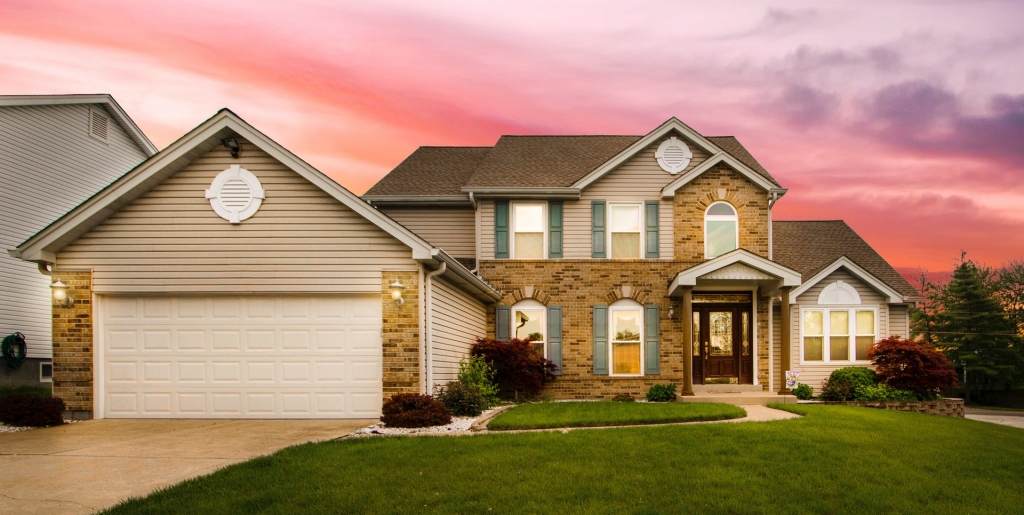Windows and Doors
As to be expected, not all windows and doors are created equally. Like rims on your car, the first thing someone looks at (on your house and car) are the windows and doors, and in the case of the car, the rims. It’s not like human beings have some natural affinity for either. But our eyes are drawn to them, and if they don’t pop, the rest of the house and car falls flat.
Yet, outside of just the aesthetic component, windows and doors serve some obvious practical importance. Before choosing your next window and door replacements however, the first thing to consider is architectural style. Homes that represent a certain era should have windows that are historically accurate. For example, European Spanish and Mediterranean homes of the 1400s to 1700s incorporated a casement-style window. These were small, principally due to the scarcity of wood and glass at the time. The windows were hinged and then fastened with a push-out latch.
Moving forward, homes built from the late 1700s to the mid-1900s were known as Four Square, Salt Box, Cottage, Colonial and Craftsman-style homes. These featured double-hung windows which allowed for increased air flow (cooler air) into the home. In the second half of the 20th century casement and glide-by windows began to gain popularity and windows served less of a practical purpose because air conditioning and heating were now in play. This led to windows and doors to be more decorative in nature and architects like Frank Lloyd Wright capitalized on this with his California Ranch, split-level designs and simplistic contemporary architecture.
So, the first step is define your architectural style, and then you have your window and door grille options. Grills are the borders of the window or door, where Spanish-style homes and tudors for example employ diamond or Gothic patterns, while traditional American style such as Cottage or Colonial occupy a rectangular pattern. Prairie-styled grilles are employed around the perimeter of the glass and even nowadays, the current “slick” designs we see every day in big cities will many times go grille free.
After defining your style and design, the next step are the materials. Wood, cellular PVC, wood aluminum clad, vinyl and painted vinyl are the typical first stops. Vinyl windows gained popularity in the later 1900s while painted vinyls have emerged as a low-cost alternative window. Cellular PVC is a fantastic option for those living in humid and hot climates, and the best part is it will give the appearance of traditional wood.
Wood, as we all know is wood, while wood aluminum clad is offered in more than 43 distinct powder-coated colors. There are also 8 anodized finishes and the sheer variety of colors is otherworldly. Frankly, this is a massive subject and one that is fascinating once you dive in. Diving however is the first step, but once you do, look out!


Comments:
Login to leave a reply